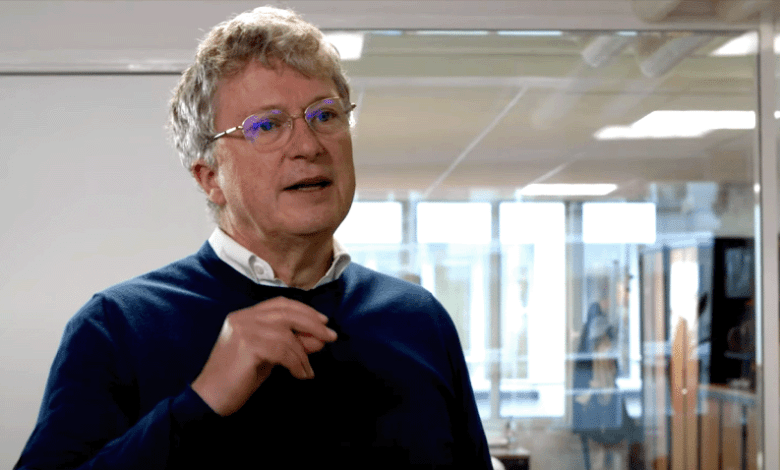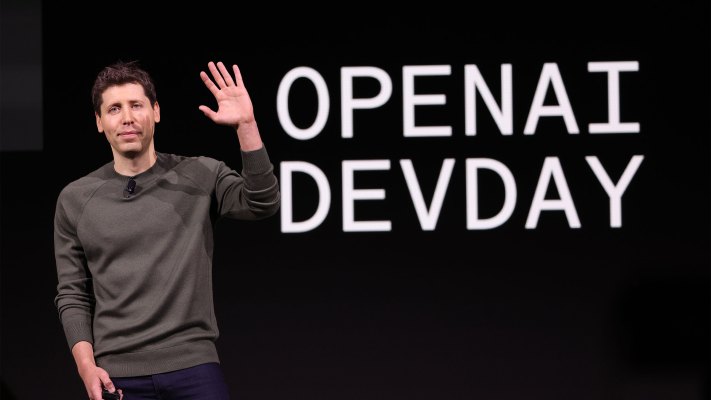Jiko Introduces Teen College Savings Sub-Accounts: A New Approach to Future Financial Planning

In a progressive move aimed at fostering early financial responsibility, Jiko, a fintech company known for its innovative banking solutions, has introduced teen college savings sub-accounts. This new offering enables teenagers, alongside their parents, to begin planning and saving for higher education expenses more effectively. The initiative aligns with global trends emphasizing financial literacy among younger generations.
Jiko’s sub-accounts are designed to integrate seamlessly with existing financial structures, allowing parents to create dedicated savings accounts for their children. This move reflects a broader push in the financial technology sector to empower young individuals by equipping them with the tools needed to manage their finances responsibly from an early age.
The Structure and Functionality of Jiko’s Sub-Accounts
The sub-accounts operate as extensions of a parent’s main account, ensuring that funds are easily accessible and manageable. Here’s how they function:
- Dedicated Savings: Each sub-account is dedicated solely to college savings, ensuring that funds are earmarked specifically for educational purposes.
- Parental Control: Parents maintain oversight of the accounts, allowing them to guide and monitor their children’s savings habits.
- Real-Time Tracking: Both parents and teens can track the account’s growth through Jiko’s interactive platform, promoting transparency and engagement.
The introduction of these sub-accounts aligns with Jiko’s mission to simplify banking by integrating cutting-edge technology with practical financial solutions. By focusing on education savings, Jiko is addressing a critical need in the financial planning lifecycle.
Global Context and Financial Literacy
Globally, there is a growing recognition of the importance of financial literacy, particularly among younger generations. According to a study by the Organisation for Economic Co-operation and Development (OECD), financial literacy is essential for making informed and effective decisions regarding personal finances. Jiko’s initiative mirrors successful programs in countries like Australia and Singapore, where financial education is integrated into school curriculums.
Furthermore, the rising cost of higher education underscores the necessity for early planning. A report from the UNESCO Institute for Statistics highlights the increasing demand for higher education worldwide, which has led to a surge in tuition fees and associated costs. By introducing these savings sub-accounts, Jiko is providing a pragmatic solution to help families tackle these financial challenges.
Technological Integration and Security
Jiko’s platform leverages advanced security measures to protect user data and transactions, a critical factor in gaining user trust. The company employs state-of-the-art encryption and has a robust cybersecurity framework, ensuring that user information is safeguarded against potential threats.
Additionally, the platform is built to scale, allowing for future enhancements and integrations with other financial tools. This adaptability ensures that Jiko’s offerings remain relevant in the fast-evolving fintech landscape.
Conclusion
Jiko’s introduction of teen college savings sub-accounts marks a significant step forward in financial planning for future generations. By enabling teenagers to engage with their financial futures early on, Jiko is not only enhancing financial literacy but also contributing to a more financially responsible society. As the global landscape continues to evolve, initiatives like these will play a pivotal role in shaping the financial habits and stability of the next generation.
For tech-savvy professionals and families alike, Jiko’s offering provides a compelling model of how technology can be harnessed to address longstanding challenges in education financing. As more companies follow suit, the integration of technology into personal finance management will likely become the norm, setting a new standard for financial preparedness.















